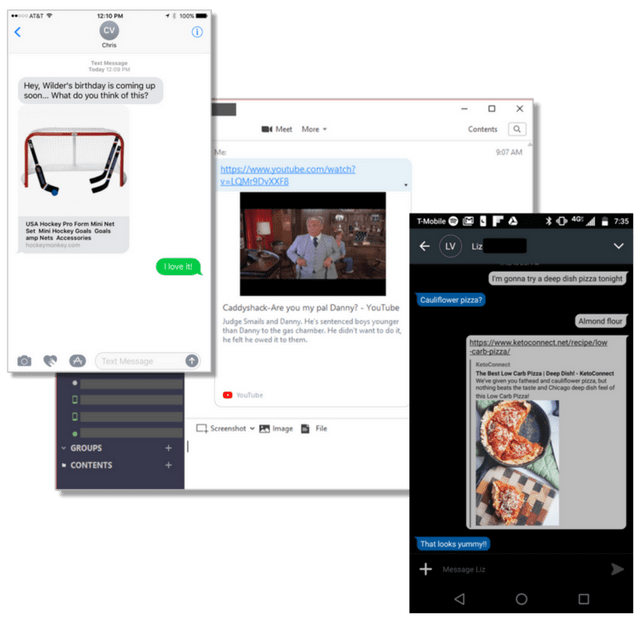 We’ve seen great success with markup languages like Open Graph, Twitter Card, and good ol’ schema.org in boosting visibility in SERPS and on specific social platforms by feeding certain data attributes directly to the platforms. But genuine interactions have become so sparse now-a-days due to the sheer volume of noise spewed out by pseudo-celebrities and so-called “influencers” like the Kardashians or meme pages with over 5,000 followers. Social feeds have become so clouded with these repeated posts, its nearly impossible to determine which is a genuine recommendation and which is sponsored (paid); what is a true word-of-mouth suggestion any more?
We’ve seen great success with markup languages like Open Graph, Twitter Card, and good ol’ schema.org in boosting visibility in SERPS and on specific social platforms by feeding certain data attributes directly to the platforms. But genuine interactions have become so sparse now-a-days due to the sheer volume of noise spewed out by pseudo-celebrities and so-called “influencers” like the Kardashians or meme pages with over 5,000 followers. Social feeds have become so clouded with these repeated posts, its nearly impossible to determine which is a genuine recommendation and which is sponsored (paid); what is a true word-of-mouth suggestion any more?
For those who live their lives inside or outside the screens of social media, brand connections made based on real-life recommendations and personal conversations are still the most meaningful. It would be foolish to overlook the fact that these interactions assist in increasing brand awareness, fulfilling part of the consumer’s journey, and even direct conversions. When a brand can successfully insert itself into a real-life conversation, they have just accomplished one of the most powerful forms of marketing available. These ancient words from marketing’s old testament will always remain true: your loyal customers are your biggest advocates and nothing is more powerful than word-of-mouth referrals.
So, how can we leverage technical SEO elements to insert our brand into meaningful word-of-mouth conversations? Make sure technical elements like structured data and open graph tagging are built into your platform before you begin to amplify your content. No matter if your core marketing strategy is search, display, or social… make sure it includes the technical visibility, because content cannot be viral if it’s not visible! The next step is to optimize your content around compelling and targeted messaging. This is your brand’s voice being amplified across multiple devices and platforms; make sure you are well represented. The final step is to make sure your message delivery applies to all the appropriate tags; leaving empty Open Graph or meta tags aren’t going to help amplify even the best products or most interesting articles.
Still don’t believe me? Check out these screenshots, it’s happening on Androids, iPhones, messaging apps, and IM chats whenever a URL link is shared.
 At a minimum, metadata and open graph tags are populating information into our text messages when a link is shared. This optimized data is generating rich snippets directly in our text conversations, nurturing a whole ‘nother avenue of qualified traffic.
At a minimum, metadata and open graph tags are populating information into our text messages when a link is shared. This optimized data is generating rich snippets directly in our text conversations, nurturing a whole ‘nother avenue of qualified traffic.
So ultimately, if your marketing plan relies strictly on social interaction or word-of-mouth sharing techniques and you’re not looking into these optimizations, you’re missing a BIG opportunity. Do yourself a favor and kill three birds with one stone by amplifying your search engine visibility, organic social presence, and now, your word of mouth effectiveness.
So, the scriptures of marketing’s old testament will always remain true; word-of-mouth marketing is among the most powerful. Now that newer device and app technology has entered that equation, it would be foolish to ignore these new avenues of embracing old marketing.
Need help generating digital word-of-mouth? Reach out.



